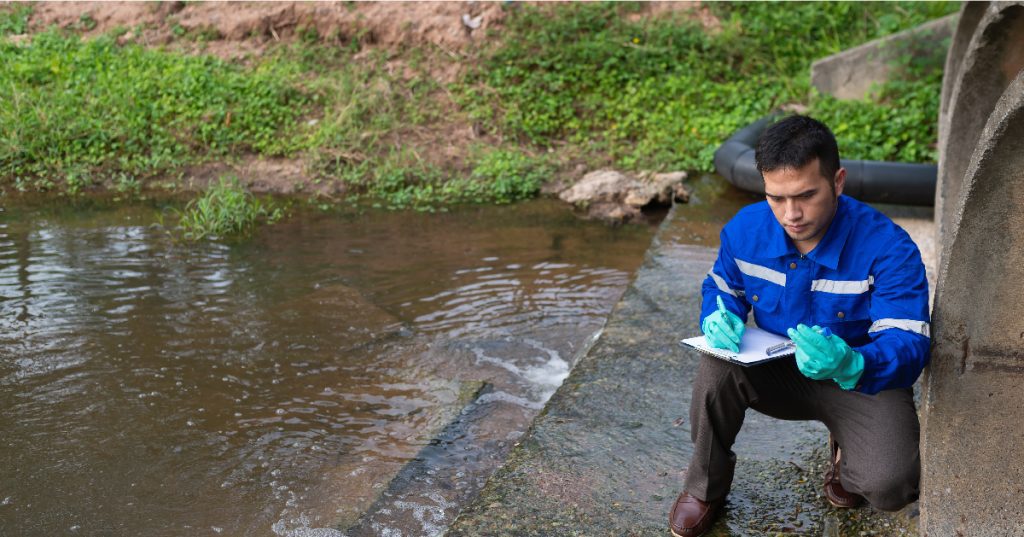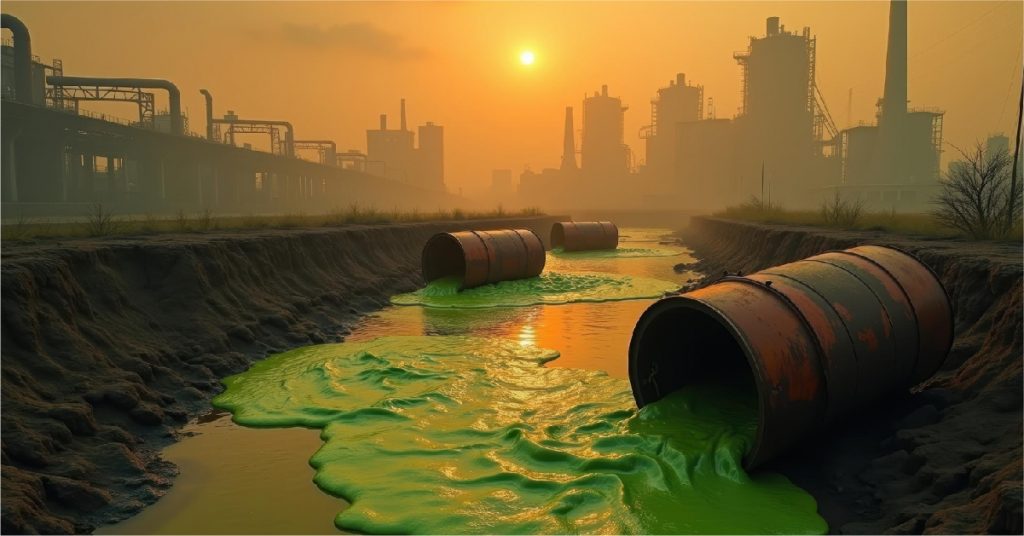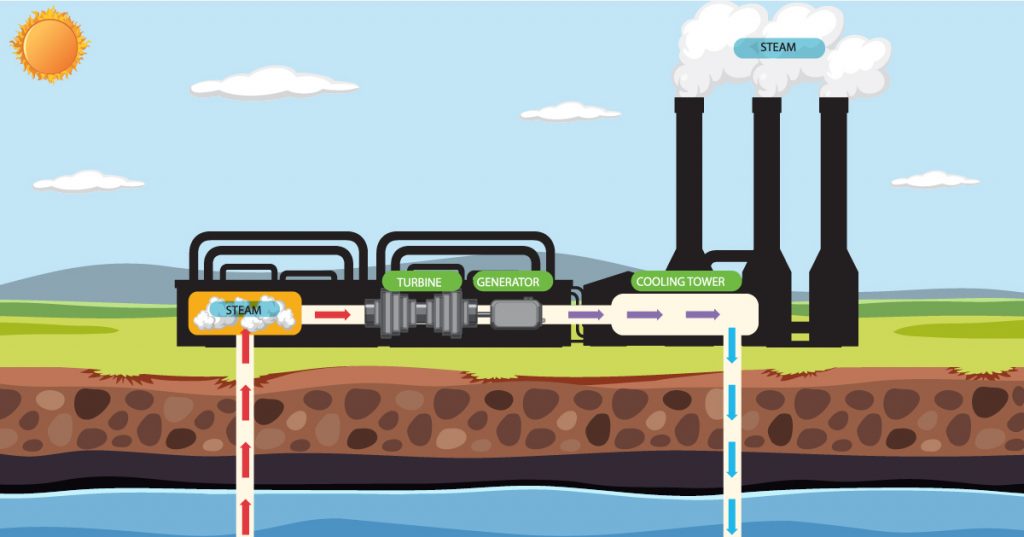Stagnant water is a recurring concern in many urban environments, especially in high-density areas like Singapore. Despite the city-state’s advanced urban infrastructure and proactive governance, the battle against stagnant water continues, particularly during the rainy season or in under-maintained residential areas. Understanding what stagnant water is, why it is harmful, and how to prevent it is essential for healthier, more sustainable cities.
What is Stagnant Water?
Stagnant water refers to any body of water that is not flowing and becomes still over time. This can include puddles, clogged drains, blocked gutters, unmaintained ponds, water collected in discarded containers, construction sites, and poorly drained low-lying areas. In urban areas like Singapore, stagnant water can form rapidly due to heavy rains, uneven terrain, construction debris, and improper drainage systems.
Why is Stagnant Water Harmful?
The question of why stagnant water is harmful goes far beyond mere inconvenience. It poses serious risks to both public health and the urban environment:
- Mosquito Breeding Grounds: One of the most well-known dangers of stagnant water is that it serves as a prime breeding habitat for mosquitoes, particularly the Aedes mosquito. This mosquito is the primary vector for dengue, Zika, and chikungunya—diseases that have seen spikes in cases across Singapore in recent years.
- Waterborne Diseases: Stagnant water can harbor harmful bacteria and viruses, including E. coli, Salmonella, and Legionella. If the water comes in contact with drinking sources or food preparation areas, it can cause outbreaks of illnesses such as gastroenteritis and typhoid.
- Environmental Degradation: Still water collects debris, toxins, and waste, becoming a source of foul odor and pollution. Over time, this disrupts the local ecosystem, affecting plant life and urban biodiversity.
- Pest Infestation: Besides mosquitoes, stagnant water attracts other pests like flies, rodents, and even snakes, leading to hygiene and safety concerns.
- Structural Damage: In the long term, standing water around buildings can seep into foundations, causing cracks, mold growth, and even weakening the structure of homes and facilities.
Common Causes of Stagnant Water in Singapore
Despite its efficient drainage network, Singapore faces challenges like:
- Blocked storm drains due to litter and leaf buildup.
- Construction activities create temporary depressions or blocked paths for water flow.
- Poorly maintained rooftops and gutter systems in older buildings.
- Water is collected in containers such as flowerpots, unused tires, and storage bins in residential areas.
Understanding these causes helps in identifying practical steps for prevention.
How to Prevent Stagnant Water in Urban Areas?
To manage and eliminate stagnant water in cities like Singapore, a collaborative effort between city authorities, property developers, businesses, and residents is key. Here are practical strategies to prevent stagnant water:
- Regular Drain Cleaning and Maintenance
Ensure that stormwater drains, gutters, and canals are cleaned regularly to prevent blockages from leaves, trash, and sediments. In Singapore, the National Environment Agency (NEA) often conducts inspections and fogging, but community support through ground-level checks is vital. - Proper Grading of Surfaces
Urban planning should involve proper grading of sidewalks, roads, and gardens to prevent water accumulation. Flat rooftops should have a slight slope to guide rainwater toward functioning drainage points. - Use of Permeable Surfaces
Incorporating permeable paving solutions in urban designs can help absorb rainwater and reduce surface runoff, minimizing the formation of puddles. - Rainwater Harvesting Systems
Installing rainwater tanks or green roofs can help capture excess water and prevent it from pooling in open areas. - Mosquito-proofing Water Storage
Ensure that all water containers are covered or treated with larvicide, especially in construction zones and residential balconies. - Routine Inspections in Public and Private Properties
The NEA encourages the “Mozzie Wipeout” campaign, where citizens inspect and clear stagnant water from their homes weekly. Routine checks should include flowerpot trays, roof gutters, gully traps, and air-conditioning units. - Community Awareness Programs
Educational efforts to teach residents what stagnant water is, why stagnant water is harmful, and how small actions can make a big difference are essential. Involving schools, workplaces, and community centers ensures broader participation. - Smart Technology and Real-Time Monitoring
Singapore is already leveraging smart city initiatives—real-time water level sensors in drains and flood-prone areas help detect and respond to stagnant water accumulation faster.
Ion Exchange’s Vital Role in Combating Water Pollution
Ion Exchange, a leader in water treatment solutions, has been instrumental in combating water pollution globally. By providing advanced water treatment technologies and systems, Ion Exchange helps to improve water quality and reduce the prevalence of diseases caused by water pollution. Their solutions include innovative water purification systems that remove contaminants from drinking water, making it safe for consumption.
INDION Lampak, developed by Ion Exchange, is a compact, modular unit designed to meet the drinking water needs of communities and industrial applications. It integrates a pump, static mixer, flocculator, lamella clarifier, gravity sand filter, and chemical dosing systems to produce disinfected water with less than 5 mg/l TSS from feed water containing up to 500 mg/l TSS. INDION Lampak is easy to operate, requires minimal maintenance, and can be powered by a diesel generator or renewable energy, making it ideal for areas without electricity. Its lightweight, corrosion-resistant materials and space-efficient design ensure easy transport, operation, and maintenance.
It effectively removes dissolved iron from feed water, which is commonly present as ferrous bicarbonate in groundwater. This advanced filter uses a catalytic oxidation process, eliminating the need for chemicals and ensuring that the treated water contains less than 0.3 ppm of iron. Designed for convenience, the NGIRF features a corrosion-resistant construction with a Fiber Reinforced Plastic (FRP) pressure vessel and PVC pipes. It is pre-assembled, tested, and equipped with user-friendly valves, making it a reliable and easy-to-operate solution for treating water with high iron content.
INDION Water Potability Test Kit
The INDION Water Potability Test Kit is a comprehensive tool designed to measure the eight crucial chemical parameters of drinking water as specified by the Bureau of Indian Standards. This user-friendly kit provides accurate and quick results for pH, total hardness, alkalinity, chloride, fluoride, chlorine, iron, and nitrate. Ideal for use by semiskilled individuals, it offers an affordable solution for ensuring safe drinking water.
Decentralized sewage treatment solutions, like the INDION, Packaged Sewage Treatment Plants, are designed as compact, single-tank units that generate low sludge volumes and require minimal electricity, making them highly cost-effective. These systems are available in capacities ranging from 10 to 100 m³/d, and for larger needs, advanced options using Fluidized Media Reactor (FMR), Moving Bed Biofilm Reactor (MBBR), and Membrane Bio-Reactor (MBR) processes are offered to handle higher flow rates efficiently.
Conclusion
Understanding what stagnant water is and why stagnant water is harmful is more important than ever in the context of growing urbanization and climate change. In a city like Singapore, where every inch of land is precious, preventing stagnant water is not just a hygiene measure but a fundamental component of urban sustainability and public health.
From maintaining infrastructure to community-led clean-up drives, every action counts. By staying alert and informed, we can build a safer, cleaner, and more resilient city.





